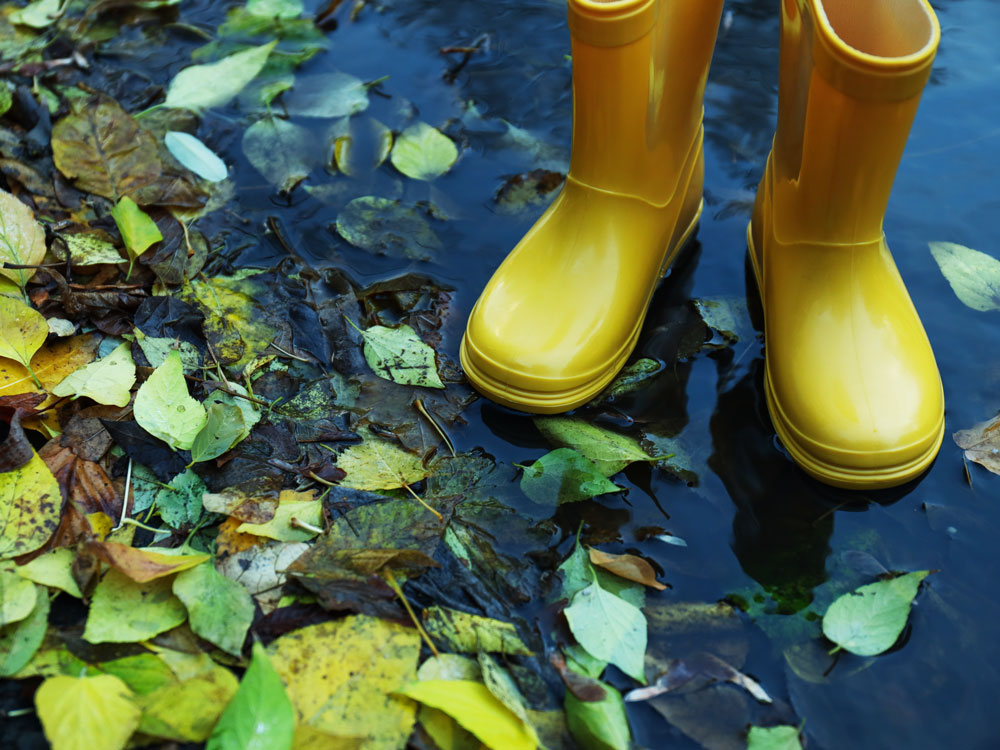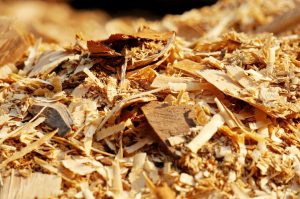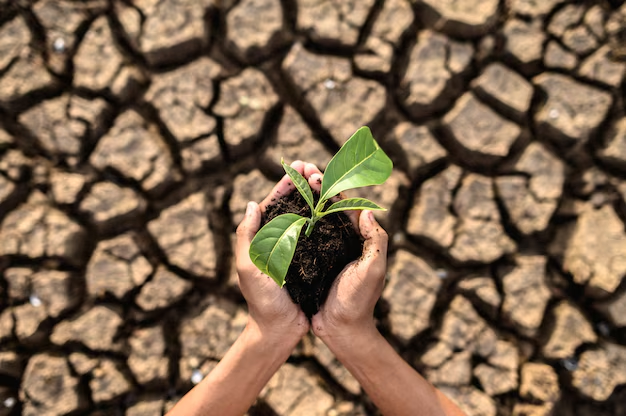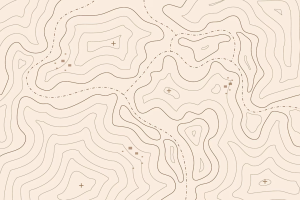Contents
- Causes of Garden Flooding
- Steps to Take After Flooding
- Drainage Solutions
- Restoring a Waterlogged Garden
- Preventative Measures
Causes of Garden Flooding
Knowing what causes an issue is the first step toward preventing it. So, let’s go over some of the top reasons your garden may flood: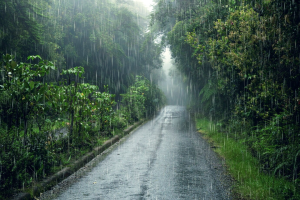
- Heavy Rain
- Compacted Soil
- Hard Landscaping
- Poor Drainage
- Slopes in/around Your Property
- Soil Type
- Damaged Water Pipe
Steps After Flooding
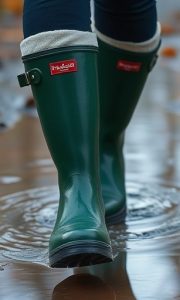
Don’t Walk on the Soil
We know it can be tempting to rush in and check on your plants but you’d be compacting the soil. Compacting the soil stops it from being able to drain properly. By doing this you will force out the oxygen needed by your plant. To borrow an age-old saying “KEEP OFF THE GRASS”.
Locate the Source of the Flood
Knowing the cause of your flood is beneficial for stopping future floods and mitigating the effects of current flooding. If you have a blocked drain, for instance, unblocking it should be your first step.
Drain
Draining the water from your garden as soon as you can is important. Find different methods to improve drainage by scrolling down.
Drainage solutions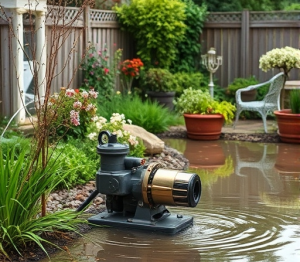
Pump Out Water
This is probably the most effective method though it will cost you more money than alternative methods. The device will suck up the water from one location and, through a hose attached to it, will take the water to a different location designated by you.
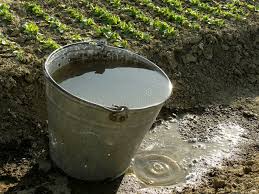
Buckets Away
If a pump is new school meet the old school alternative – BUCKETS! Roll up your sleeves and prepare to work. This method will take a bit of effort from you but can be quite effective.
However, this method does have downsides. For example, you can only reach a limited area if you don’t wish to compact your soil, which greatly reduces your range.
Wood Shavings
Absorption is another avenue you may want to consider. Good materials for water absorption include wood shavings and sodium polyacrylate.
Putting your choice of material in a permeable bag will be the best way to make them easier to remove (plus it’s less messy). You can leave them to do their job and come back when they have absorbed all they can. Then you can either remove them or use them as a barrier for the other water.
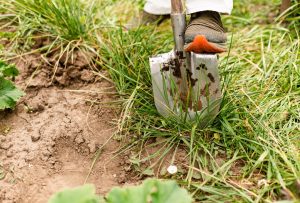 Soak Away
Soak Away
Ever wanted a stream in your garden? Now’s your chance. Dig yourself a trench to redirect the flood water elsewhere.
For those of you with a flat garden, this is your opportunity to redirect your flood water where it will do the least damage. For most people that would be at the bottom of the garden but will vary and some won’t want to risk compacting the soil to dig the trench.
Combos
There is no reason you can’t mix and match; why not dig a trench and either put a pump in or scoop water out with a bucket? Alternatively, use the absorption method but instead of leaving them help them by scooping away water.
Restoring a Waterlogged Garden
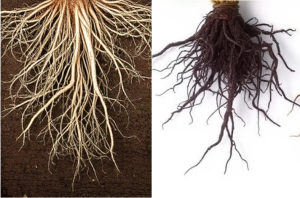 Remove Dead Roots
Remove Dead Roots
You’ve heard of deadheading now meet their sibling dead rooting. You should remove roots that have rotted. This will be even more important after a flood.
You can tell if your plants have root rot if their roots are black, brown, mushy or smell of decay. Healthy roots should be white and firm (and maybe a little dirty).
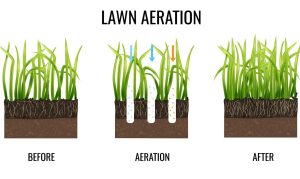 Fork Up the Ground
Fork Up the Ground
Aeration is vital for your plants’ roots after being flooded because they have been deprived of the air they need to survive. You can also aerate your soil to get the nutrients back and encourage the wildlife back into your garden.
The process of doing this is simple whether it be forking the soil to make small holes in the ground or popping on a pair of aerator shoes and having a stroll around your garden. But it is important you don’t do this while the soil is still wet!
Beware Drought Stress
Taking your plants to see a therapist won’t be enough to alleviate this sort of stress. Instead careful caretaking is what your plants will require and oddly enough you should keep on regularly watering them after the flood has dissipated. The quick switch from being flooded to having no water can be quite shocking to a plant’s system so monitor them closely.
Propagate
Take a section from your favourite plants so you can grow them anew. There are no guarantees that your plants will be able to get better after being submerged in water. Even if they look to be getting better that may not always be the case. It is best to be prepared for the unexpected.
Fruit and Veg
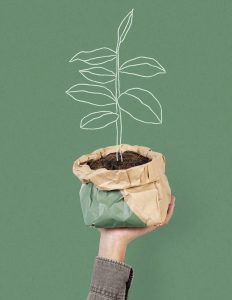 If you’ve been growing produce in your garden it is bad news I’m afraid. You’ll need to stay clear of this year’s edible crop because of the contaminants that may have come in with the flood and the bacteria that has built up.
If you’ve been growing produce in your garden it is bad news I’m afraid. You’ll need to stay clear of this year’s edible crop because of the contaminants that may have come in with the flood and the bacteria that has built up.
The year following that in which the flood occurred you can eat produce that will be cooked first. Produce that will be eaten raw can only be consumed if planted two years after the flood.
You could use this as a chance to reintroduce nutrients into the soil and let the ground rest. This is important given that the soil needs nutrients to be reintroduced as the flood will have leached some out.
Preventative measures
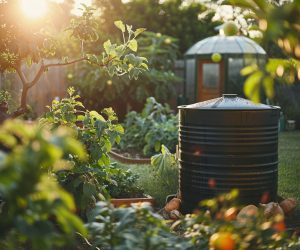 Water Butts
Water Butts
Droughts in summer, and floods in winter? Spread out the water more equally throughout the year with a water butt. These provide numerous benefits to your garden as mentioned they allow you to collect water and redistribute it as needed but they also prevent flooding.
Water butts can be set up to hook up to your drain pipes. This is especially good for those of you who have a large garden with a garden building at the end – no more lugging watering cans up and down the garden. Plus rainwater is generally better for your plants than tap water as it has more of the nutrients they need.
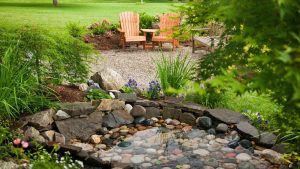 Water Features
Water Features
Water features can be a double-edged sword. They provide a designated place for water to go and because it is lower and deeper will tend to attract the majority of the water. However, if it bursts its banks it becomes a bit of a free-for-all. Whether a water feature becomes a help or a hindrance can be traced back to the cause of floods in your garden.
Reshape Your Lawn
If slopes are the cause for flooding in certain parts of your garden then levelling your lawn by redistributing or adding additional soil can help spread the water throughout your garden. It can also help redirect water away from your house by having a slight slope with the bottom being at the end of your garden.
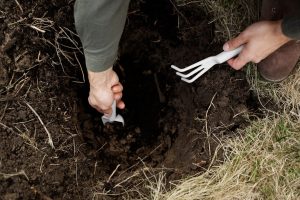 Replace Your Soil
Replace Your Soil
High clay content in your soil may mean you need to replace it. A soil with clay in it will retain much more water than ordinary soil and if you want to go a step further you could opt for a more sandy soil. This is a big task and needs to be carefully considered.
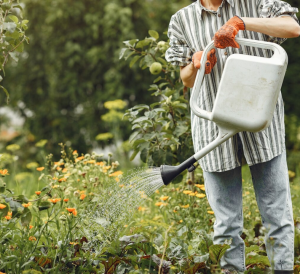 Plant Water-Loving Plants
Plant Water-Loving Plants
Planting flowers and trees that can withstand a range of conditions and are resilient in wet soil can make your garden more low-maintenance and help preserve the hard work you put into making your garden look beautiful. Siberian Irises are great plants for keeping your garden low-maintenance, as they can survive in both wet and dry conditions.
To take it a step further, you can find plants that are good at absorbing water as well as living with it. This will help reduce some water density in the soil. For a plant that survives well in a wet environment while absorbing water the cardinal flower would be a good choice.
Calling All Tree Huggers
Trees are brilliant additions to the garden to help prevent floods from having as much of an effect. The large roots of trees help break up the soil, this allows water to move more freely down through the soil.
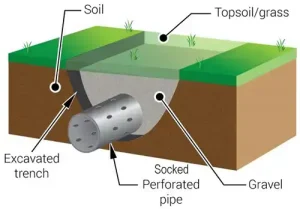 French Drain
French Drain
A French Drain is a type of trench you dig in your garden, you then proceed to fill the trench with shingles or pebbles, this will assist with drainage. They have perforated piping at the bottom of the trench to divert water away from your garden.
Raised Beds and Hanging Plants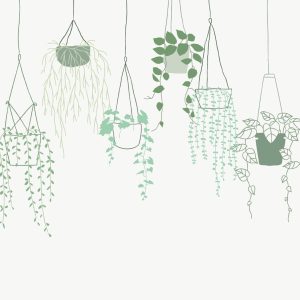
Using levels not only makes your garden more visually interesting but can protect your plants from being affected by flooding. Raised plant beds and hanging plants mean that even the roots of your plants are unlikely to get badly affected by flooding. If you are considering hanging plants pergolas are a great way to suspend them. Mix in some solar fairy light and it becomes magical.


